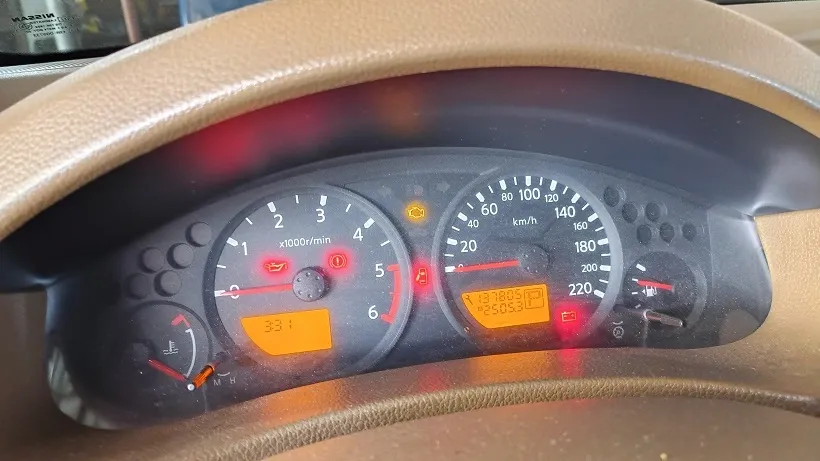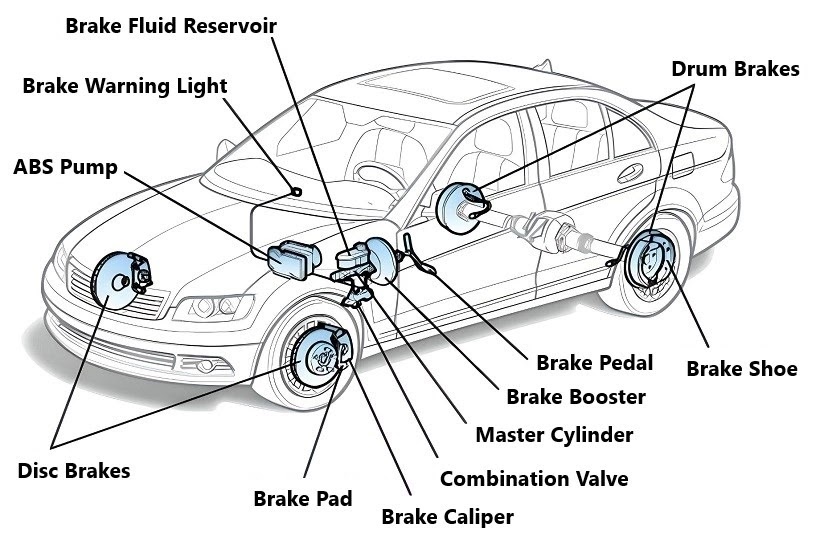The Continuously Variable Transmission (CVT) in Nissan vehicles has been a popular choice for its smooth and fuel-efficient performance. However, as with any automotive technology, CVT transmissions can experience problems that affect their performance and reliability. In this guide, we will delve into Nissan CVT transmission problems, focusing on specific models like the Nissan Murano, Altima, Rogue, and X-Trail. Whether you’re a Nissan owner or considering a purchase, understanding these issues can help you make informed decisions and maintain your vehicle effectively.
What is a CVT Transmission?
A CVT transmission is designed to provide a seamless driving experience by continuously varying the transmission ratio without the distinct shift points found in traditional automatic transmissions. This allows for smoother acceleration and improved fuel efficiency. Nissan's Xtronic CVT is a well-known example, used in various models including the Altima, Murano, Rogue, and X-Trail.
Common Nissan CVT Transmission Problems
Despite the advantages, CVT transmissions in Nissan vehicles have been known to face several issues. Here are some common problems:
1. Slipping or Hesitation. One of the most reported issues is gears slipping or hesitation during acceleration. Drivers may experience a noticeable lag or the sensation that the vehicle is not responding promptly when pressing the gas pedal. This problem can be particularly frustrating as it affects the vehicle’s overall drivability.
2. Overheating. CVTs are sensitive to temperature fluctuations. Overheating can cause a range of issues, including reduced performance and potential damage to the transmission. Symptoms of overheating may include the transmission fluid temperature warning light coming on or noticeable changes in the vehicle’s performance.
3. Shuddering or Jerking. Some Nissan owners report a shuddering or jerking sensation when driving at certain speeds. This can be due to issues with the transmission belt or pulley system, which may cause the vehicle to shake or vibrate unpleasantly.
4. Unusual Noises. A well-functioning CVT should operate quietly. If you hear whining, grinding, or other unusual noises coming from the transmission, it may indicate internal damage or worn components that need attention.
5. Transmission Fluid Leaks. Leaks in the CVT transmission fluid can lead to significant issues if not addressed promptly. Transmission fluid is crucial for lubrication and cooling, and a leak can cause severe damage to the transmission over time.
Nissan Murano CVT Transmission Problems
The Nissan Murano, a midsize SUV known for its comfort and performance, has also faced CVT-related issues. Here’s a closer look:
1. Frequent Complaints of Slipping. Murano owners often report slipping sensations, especially during acceleration. This issue can be attributed to worn-out CVT belts or faulty sensors that affect the transmission's ability to maintain the correct gear ratio.
2. CVT Overheating. Due to the Murano’s size and weight, the CVT can experience overheating under heavy load or in hot weather conditions. Regular maintenance, including checking and changing the transmission fluid, can help mitigate this problem.
3. Software Issues. Some Murano models have experienced software-related problems that affect the CVT's performance. These issues can sometimes be resolved through software updates provided by Nissan dealerships.
Nissan Altima CVT Transmission Problems
The Nissan Altima, a popular midsize sedan, has had its share of CVT transmission problems. Key issues include:
1. Shuddering During Acceleration. Altima owners frequently report shuddering or jerking when accelerating, especially from a stop. This can be caused by problems with the CVT’s pulley system or the need for a transmission fluid change.
2. Transmission Fluid Overheating. The Altima’s CVT can overheat if the transmission fluid is old or if the cooling system is not functioning properly. Overheating can lead to severe transmission damage if not addressed.
3. Premature Wear and Tear. Some Altima models have been known to suffer from premature CVT wear and tear, often requiring costly repairs or replacements. Regular maintenance and timely fluid changes are crucial to extending the life of the CVT.
Nissan Rogue CVT Transmission Problems
The Nissan Rogue, a compact SUV, has also faced CVT-related issues. Here’s what you should know:
1. Slipping and Hesitation. Rogue drivers often experience slipping or hesitation during acceleration. This can be particularly noticeable when merging onto highways or climbing steep grades. Regularly checking and replacing the transmission fluid can help alleviate this problem.
2. CVT Overheating. Like other models, the Rogue’s CVT can overheat, especially during heavy use or in hot climates. Ensuring proper fluid levels and cooling system maintenance can help prevent overheating.
3. Erratic Shifting. Some Rogue owners report erratic shifting or inconsistent performance, which can be due to issues with the CVT’s internal components or software.
Nissan X-Trail CVT Transmission Problems
The Nissan X-Trail, known as the Rogue in some markets, shares similar CVT problems. Here’s an overview:
1. Unusual Noises. X-Trail drivers have reported unusual noises, such as whining or grinding, which may indicate internal damage or worn components in the CVT.
2. Transmission Fluid Leaks. Leaks in the CVT transmission fluid can be a common issue, leading to decreased performance and potential damage. Promptly addressing leaks is essential for maintaining the health of the transmission.
3. Transmission Failure. In some cases, the X-Trail’s CVT can experience complete failure, often due to a combination of factors such as overheating, lack of maintenance, or internal damage.
How to Maintain Your Nissan CVT Transmission
Maintaining your Nissan CVT transmission is crucial for preventing problems and extending its lifespan. Here are some tips:
1. Regular Fluid Checks and Changes. Regularly check the CVT fluid level and condition. Nissan recommends changing the CVT fluid at specific intervals to ensure optimal performance and prevent overheating.
2. Follow Manufacturer’s Maintenance Schedule. Adhere to the maintenance schedule provided in your vehicle’s owner’s manual. This includes regular inspections and servicing by a qualified technician.
3. Address Issues Promptly. If you notice any signs of CVT problems, such as slipping, overheating, or unusual noises, address them promptly to prevent further damage.
4. Avoid Overloading. Avoid overloading your vehicle or towing excessively, as this can put additional strain on the CVT and lead to overheating and premature wear.
Final ThoughtsNissan CVT transmissions offer smooth and efficient performance, but they are not without their issues. By understanding common problems associated with models like the Murano, Altima, Rogue, and X-Trail, you can take proactive steps to maintain your vehicle and address any issues that arise. Regular maintenance and timely repairs are key to ensuring your Nissan’s CVT transmission remains reliable and performs optimally for years to come.
Whether you’re dealing with slipping, overheating, or other CVT-related issues, staying informed and taking action can help you enjoy a trouble-free driving experience.
Want more videos all about auto?
Subscribe to our YouTube channel👉Cartech Home




















